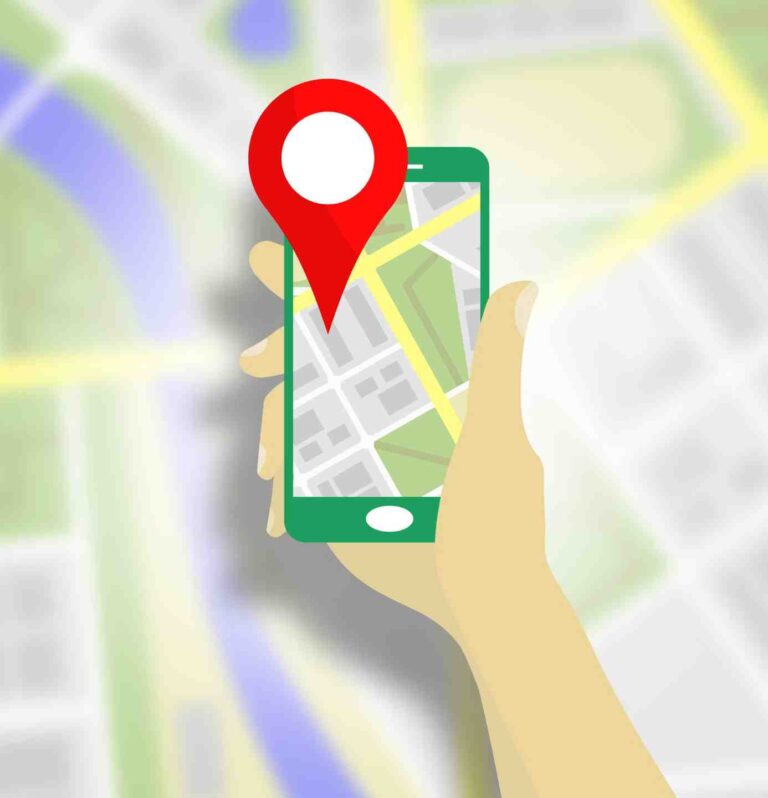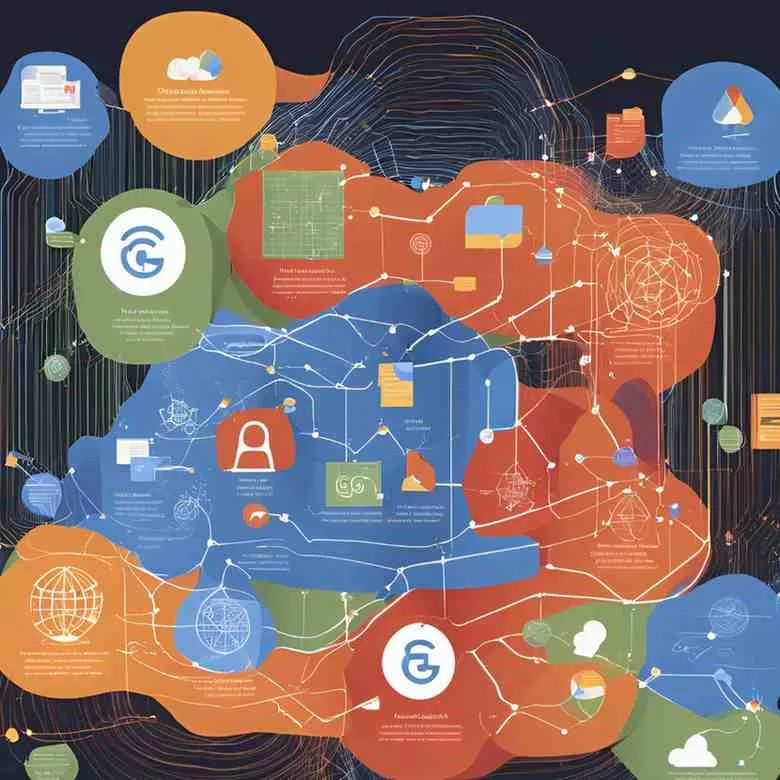Global Positioning System (GPS) is a revolutionary technology that has transformed the way we navigate the world. From providing directions on road trips to enabling scientific exploration, GPS is powered by mathematical concepts that make it incredibly accurate and reliable. In this post, we will dive into the math behind GPS, focusing on how coordinates, triangulation, and calculations help pinpoint your exact location.
1. Understanding the Coordinate System
The foundation of GPS lies in the coordinate system, a mathematical framework used to define locations on Earth. The Earth is represented as a sphere (technically an oblate spheroid), and locations are described using a system of latitude and longitude.
- Latitude: These are horizontal lines that measure the distance north or south of the Equator (0° latitude). Values range from 0° at the Equator to 90° at the poles.
- Longitude: These are vertical lines that measure the distance east or west of the Prime Meridian (0° longitude). Values range from 0° to 180° in both directions.
Each location on Earth is identified by a unique pair of latitude and longitude coordinates, expressed in degrees, minutes, and seconds (e.g., 37°46’40.6″N, 122°25’10.1″W for San Francisco).
2. The Geometry of Triangulation
The GPS system relies on a network of satellites orbiting Earth. At least 24 satellites, maintained by the U.S. government, are positioned so that four to six are visible from any point on Earth at any time. To determine your location, GPS receivers use a process called triangulation, which involves:
- Distance Calculation: A Global Positioning System receiver calculates its distance from multiple satellites. This is done using the time it takes for signals to travel from satellites to the receiver.
Mathematics of Distance
The distance (dd) between the satellite and receiver is calculated using the formula: $d=c×td = c \times t$
where:
- cc is the speed of light (approximately 3×1083 \times 10^8 meters/second), and
- tt is the time delay between the signal’s transmission and reception.
For example, if a signal takes 0.07 seconds to travel from a satellite to your receiver: d=3×108×0.07=21,000,000 meters $(21 km)d = 3 \times 10^8 \times 0.07 = 21,000,000 \, \text{meters} \, (21 \, \text{km})$
- Spherical Intersection: Once distances from at least three satellites are known, the receiver determines its position by calculating the intersection of spheres centered at the satellites with radii equal to the calculated distances.
3. The Role of Time Synchronization
Global Positioning System accuracy depends heavily on precise time measurements. Satellites are equipped with atomic clocks, which are incredibly accurate, but Global Positioning System receivers rely on less sophisticated quartz clocks. To compensate for this difference, Global Positioning System uses a technique known as time synchronization.
Fourth Satellite for Correction
With only three satellites, the receiver could calculate an approximate location, but inaccuracies in its clock would cause significant errors. A fourth satellite is used to resolve this issue, enabling the receiver to calculate its own clock error and correct it. Mathematically, this involves solving a system of equations that includes time as an unknown variable.
4. Earth’s Shape and the Challenges of Projection
While the math of GPS assumes the Earth is a perfect sphere, its actual shape is an oblate spheroid. This adds complexity to GPS calculations because the curvature affects distances and angles. Geodesy, the science of Earth’s shape and size, provides mathematical models to account for these variations.
One widely used model is the WGS84 (World Geodetic System 1984), which approximates Earth’s shape and provides a common reference frame for GPS coordinates.
Projection Systems
When displaying GPS data on a flat map, further math is needed to convert spherical coordinates into planar coordinates. Popular projections like the Mercator or Lambert Conformal Conic use trigonometric functions to map curved surfaces onto flat ones, preserving certain properties like angles or distances.
5. Error Sources and Correction Techniques
GPS is incredibly accurate but not immune to errors. Factors like atmospheric interference, satellite geometry, and multipath errors (signals bouncing off buildings) can impact accuracy. These challenges are addressed through:
- Differential GPS (DGPS): Uses ground stations to correct errors, improving accuracy to within a few centimeters.
- Satellite Augmentation Systems: Systems like WAAS (Wide Area Augmentation System) provide additional corrections by using extra satellites or ground stations.
Mathematical Correction Models
Error correction often involves statistical techniques like least squares estimation. For instance, a GPS receiver might measure distances to multiple satellites and solve an overdetermined system of equations to minimize error.
6. Applications of GPS Math
Navigation and Mapping
GPS math is used in navigation apps to compute optimal routes. Algorithms like Dijkstra’s shortest path algorithm rely on coordinate data to find the quickest path between two points.
Surveying and Construction
Surveyors use GPS to measure land features with high precision, converting spherical coordinates into local planar systems using coordinate transformations.
Scientific Research
Scientists use GPS to track tectonic plate movements, calculate atmospheric conditions, and even monitor wildlife migration patterns. These applications require precise mathematical models to interpret GPS data.
Conclusion
The math behind GPS is a testament to the power of mathematics in solving real-world problems. From basic concepts like coordinates to advanced algorithms for error correction and mapping, GPS exemplifies how geometry, algebra, and trigonometry come together to make navigation seamless. The next time you rely on your GPS to find your way, take a moment to appreciate the complex calculations happening in the background to guide you accurately to your destination.




